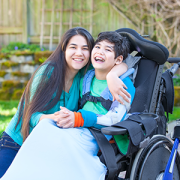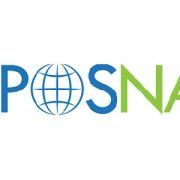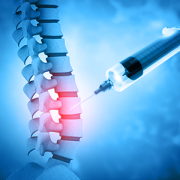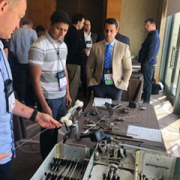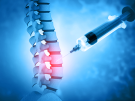Comparison of immobilization techniques following hip reconstruction surgery in children with cerebral palsy
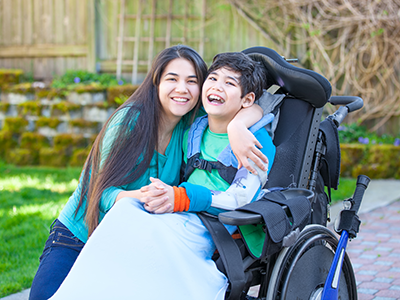
Currently, there is no standardized protocol or consensus regarding post-operative immobilization following hip reconstruction in children with cerebral palsy or with other neuromuscular conditions.
A new study, led by Sean Tabaie, M.D., and published in Cureus, evaluated the effects of several methods of postoperative immobilization to determine which technique has the fewest complications.
Why it matters
Currently, there is no standardized protocol or consensus regarding post-operative immobilization following hip reconstruction in children with cerebral palsy or with other neuromuscular conditions.
What we learned
Findings provide evidence that there are no significant clinical ramifications of using less restrictive immobilization types such as abduction pillows in patients undergoing hip reconstruction surgery. There was no significant difference in length of stay, pain control duration or complication rates among the three methods of immobilization tested in the study.
What’s next
Further analysis is warranted to gather sufficient data of patients immobilized with an abduction pillow after skeletal osteotomies in conjunction with an anterior hip open reduction to definitively recommend its use versus a more restrictive option in the setting of an open reduction.
You can read the full study “Evaluating Postoperative Immobilization Following Hip Reconstruction in Children with Cerebral Palsy” in Cureus.


